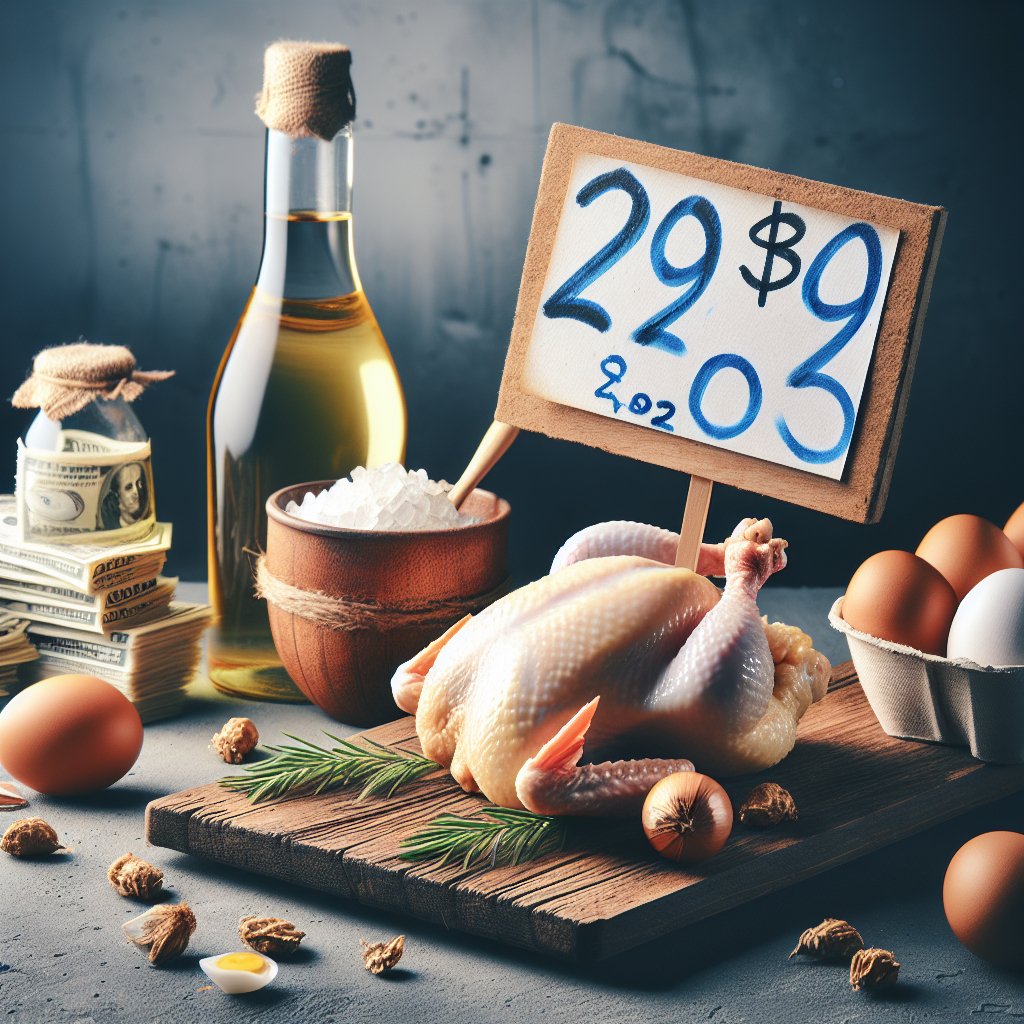The current prices of poultry livestock in the Polish market reflect a complex interplay of factors, including supply and demand dynamics, production costs, and market trends. Understanding these prices is crucial for farmers, consumers, and industry stakeholders alike, as they influence not only the profitability of poultry farming but also the overall food economy in Poland. This article delves into the current state of poultry prices, examining the factors that affect them and providing insights into future trends.
Current Market Overview
As of late 2023, the prices of poultry livestock in Poland have shown significant fluctuations. The average price per kilogram for broilers has been hovering around 4.50 to 5.00 PLN, depending on the region and market conditions. This price range is influenced by various factors, including feed costs, consumer demand, and seasonal variations.
In recent months, there has been a noticeable increase in demand for poultry products, driven by a growing consumer preference for healthier protein sources. This trend has been further accelerated by the rising prices of red meat, which has led many consumers to shift their purchasing habits towards poultry. As a result, poultry producers have been able to maintain higher price levels, despite the challenges posed by rising production costs.
Factors Influencing Poultry Prices
Several key factors contribute to the pricing of poultry livestock in Poland:
- Feed Costs: The cost of feed is one of the most significant expenses for poultry farmers. Fluctuations in the prices of grains and other feed components directly impact the overall production costs, which in turn affect the market prices of poultry.
- Consumer Demand: The demand for poultry products is influenced by consumer preferences, health trends, and economic conditions. A shift towards healthier eating habits has led to increased consumption of poultry, thereby driving up prices.
- Seasonal Variations: Prices often fluctuate with the seasons, particularly around holidays and festive periods when demand for poultry products typically increases.
- Export Opportunities: The ability to export poultry products to international markets can also influence domestic prices. Increased exports can lead to higher prices domestically as producers seek to capitalize on international demand.
- Regulatory Environment: Government policies and regulations regarding animal welfare, food safety, and environmental standards can impact production costs and, consequently, market prices.
Future Trends in Poultry Pricing
Looking ahead, several trends are likely to shape the poultry market in Poland. The ongoing emphasis on sustainability and animal welfare is expected to influence production practices and consumer preferences. As consumers become more conscious of the origins of their food, producers may need to adapt by implementing more sustainable farming practices, which could affect pricing structures.
Additionally, advancements in technology and farming practices are likely to improve efficiency in poultry production. Innovations such as precision farming, improved breeding techniques, and better disease management can help reduce costs and potentially stabilize prices in the long run.
Impact of Global Market Trends
The global poultry market also plays a significant role in shaping local prices. Changes in international demand, trade agreements, and global supply chain disruptions can have ripple effects on the Polish market. For instance, if major poultry-exporting countries face production challenges, it could lead to increased demand for Polish poultry, driving prices higher.
Moreover, the impact of climate change on agriculture cannot be overlooked. Extreme weather events, such as droughts or floods, can affect feed production and availability, leading to increased costs for poultry farmers. This, in turn, may result in higher prices for consumers.
Conclusion
The current prices of poultry livestock in the Polish market are influenced by a myriad of factors, from production costs to consumer demand and global market trends. As the industry continues to evolve, stakeholders must remain vigilant and adaptable to navigate the challenges and opportunities that lie ahead. Understanding these dynamics is essential for farmers, consumers, and policymakers to ensure a sustainable and profitable poultry sector in Poland.
In summary, while the current prices of poultry livestock reflect a robust market, the future will depend on how effectively the industry can respond to changing consumer preferences, production challenges, and global market conditions. By staying informed and proactive, all participants in the poultry supply chain can contribute to a thriving agricultural economy in Poland.




